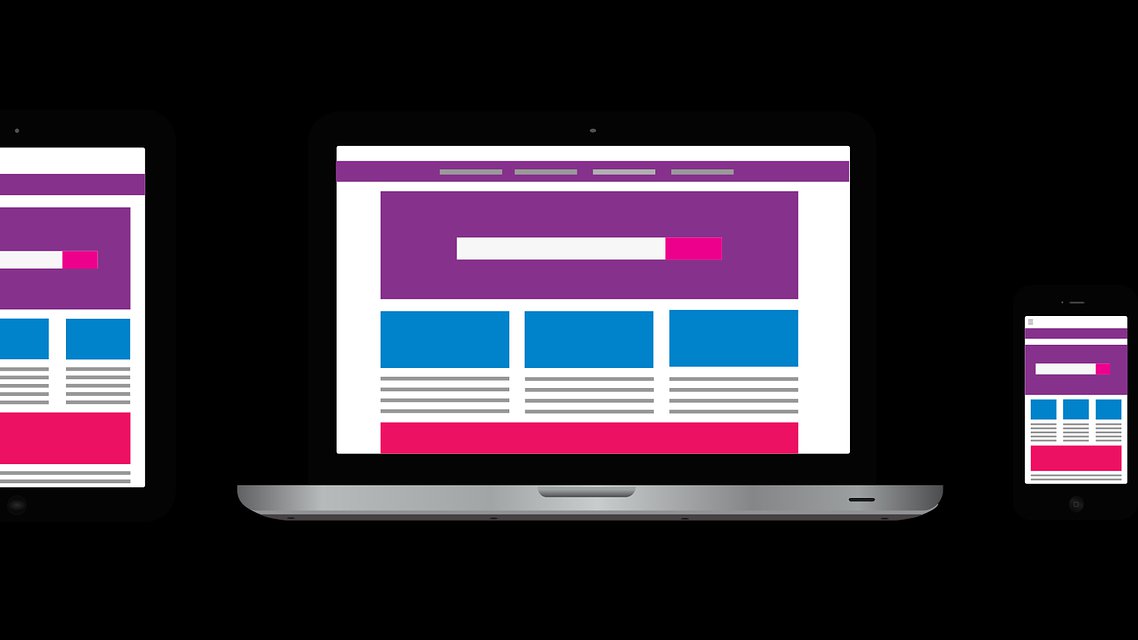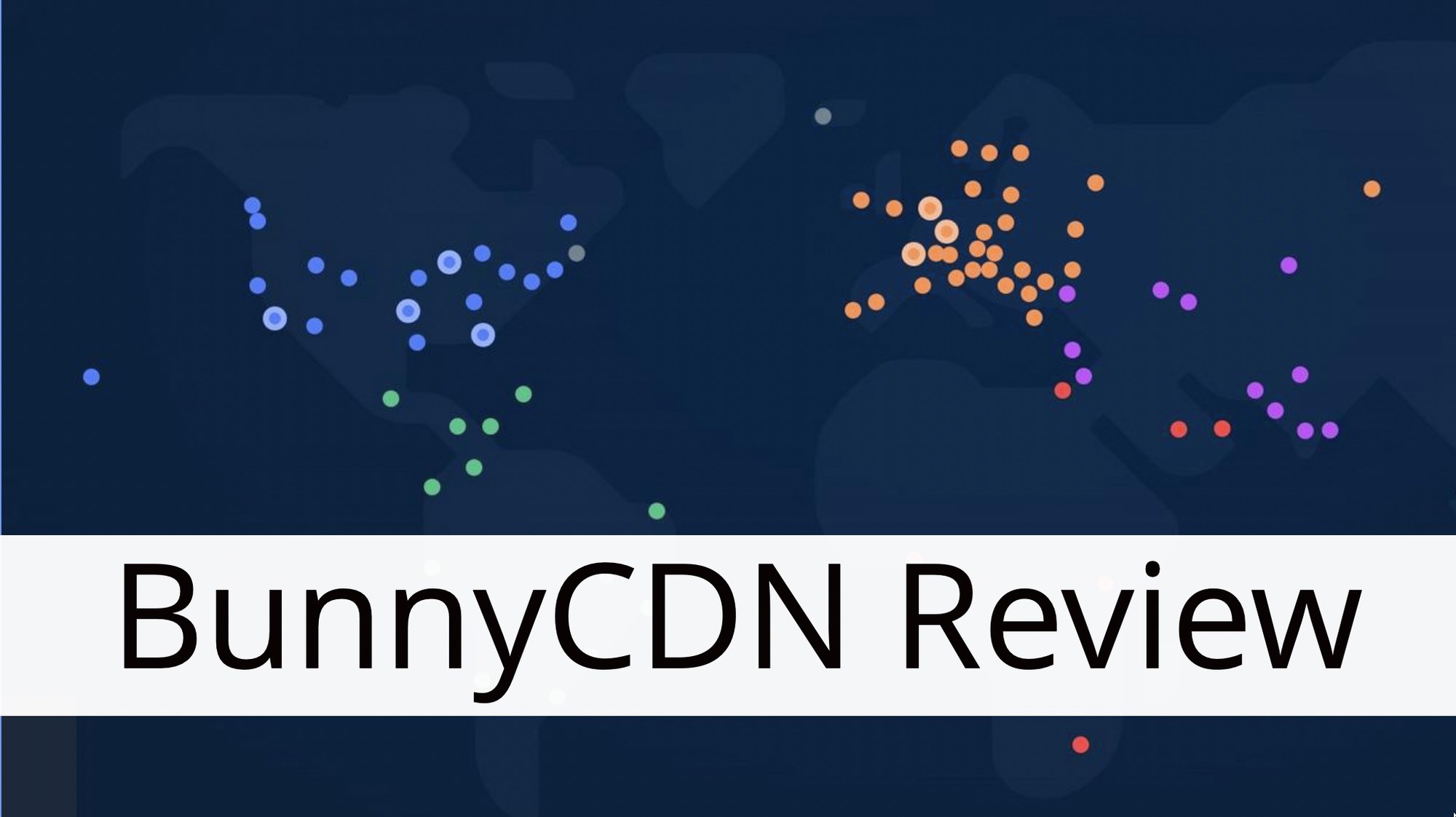In today’s fast-paced digital landscape, website speed plays a crucial role in the success of online businesses. Slow-loading websites can frustrate users, leading to increased bounce rates and decreased conversions. This is where headless WordPress comes in as a practical solution to enhance website speed and performance.
Headless WordPress is a cutting-edge approach that separates the front-end, or the user interface, from the back-end, where the content and data are stored. By decoupling these elements, headless WordPress eliminates the need for traditional server-rendered webpages and instead relies on APIs to deliver content to the user.
But what exactly are the benefits of adopting headless WordPress? Let’s explore three key advantages that make it a compelling option for businesses looking to optimize their website performance.
Benefits of Headless WordPress
Headless WordPress has gained significant popularity in recent years, and for good reason. This innovative approach to website development offers numerous benefits that can enhance the performance and functionality of your website. In this section, we will explore three key advantages of using Headless WordPress.
Faster Website Performance
One of the primary benefits of Headless WordPress is the potential for faster website performance. By decoupling the front-end and back-end of your WordPress site, you can optimize the delivery of content to your users. Here’s how Headless WordPress can help improve website performance:
- Reduced Server Load: With Headless WordPress, the server only needs to handle API requests, rather than rendering and serving entire web pages. This results in reduced server load and faster response times.
- Efficient Content Delivery: Headless WordPress allows you to deliver content through APIs, enabling you to cache and distribute it globally using Content Delivery Networks (CDNs). This ensures faster delivery to users, regardless of their geographical location.
- Improved Page Loading Speed: By leveraging modern JavaScript frameworks like React or Angular, you can create highly interactive and dynamic front-end interfaces. This can significantly enhance the user experience and reduce page loading times.
Did you know? According to a study by Google, 53% of mobile users abandon a website that takes more than three seconds to load. By using Headless WordPress, you can optimize your website for faster loading speeds, reducing bounce rates and improving user satisfaction.
Revenue Increase
In addition to improved performance, Headless WordPress can also contribute to increased revenue for your business. Here’s how:
- Enhanced SEO: Headless WordPress allows you to optimize your website for search engines by delivering structured data through APIs. This ensures that search engines can easily crawl and index your content, leading to higher visibility and organic traffic.
- Mobile-Friendly Experience: With the rise of mobile usage, providing a seamless mobile experience is crucial. Headless WordPress empowers you to deliver fast, responsive, and mobile-friendly websites, catering to the growing number of mobile users.
- Personalization and A/B Testing: With Headless WordPress, you have the flexibility to experiment with different front-end frameworks and technologies. This opens up possibilities for personalized user experiences and A/B testing, allowing you to optimize your website for maximum conversions and revenue generation.
Fun Fact: According to a study conducted by Adobe, companies that prioritize user experience (UX) generate 41% more revenue than those that don’t.
Improved Performance on Desktop and Mobile Devices
With an increasing number of users accessing websites from various devices, having a responsive and consistent experience across platforms is essential. Headless WordPress enables you to achieve this by:
- Cross-Platform Consistency: By decoupling the front-end and back-end, Headless WordPress allows you to maintain consistent branding and user experience across different platforms, including desktop computers, smartphones, tablets, and even smart TVs.
- Future-Proofing Your Website: Traditional WordPress themes can sometimes become outdated as technology evolves. Headless WordPress empowers you to future-proof your website by separating the content management system (CMS) from the presentation layer. This enables you to adopt new technologies and frameworks seamlessly without the need for a complete website overhaul.
In conclusion, Headless WordPress offers a range of benefits that can positively impact the performance, revenue, and user experience of your website. It enables faster website performance, increases revenue-generating opportunities, and ensures a consistent experience across platforms. By embracing Headless WordPress, you can unlock the full potential of your website and stay ahead in the digital landscape.
To learn more about the benefits of using Headless WordPress, check out this comprehensive article on Managed WP.
Optimizing Website Speed
In today’s fast-paced digital world, website speed plays a crucial role in user experience and ultimately influences conversion rates. When a website takes too long to load, users lose patience, abandon the site, and go elsewhere. Slow-loading websites not only frustrate users but also hurt search engine rankings and overall online performance. It’s no wonder that website speed optimization has become a top priority for businesses of all sizes.
Throttling Requests
One of the key factors that contribute to slow website speed is the excessive number of requests made to the server. When a user visits a website, their browser sends requests to the server for various elements, such as HTML, CSS, JavaScript, and images. Each of these requests takes time to process, and if there are too many, it can significantly slow down the website.
To optimize website speed, it’s essential to reduce the number of requests made to the server. Here are a few strategies to help you throttle requests:
- Combine and minify files: By combining multiple CSS or JavaScript files into a single file and minifying them (removing unnecessary characters and white spaces), you can reduce the number of requests.
- Use CSS sprites: CSS sprites combine multiple images into a single image file, reducing the number of requests needed to load separate images.
- Implement lazy loading: Lazy loading delays the loading of non-critical elements on a web page, such as images or videos, until the user actually needs to view them. This reduces the initial load time and improves overall website speed.
Connection between Speed and Conversion Rates
The correlation between website speed and conversion rates is undeniable. Users expect fast-loading websites, and if a site fails to meet their expectations, they are more likely to bounce and look for alternatives. Here are a few statistics that highlight the impact of website speed on conversion rates:
- According to Google, the probability of bounce increases by 32% as page load time goes from 1 second to 3 seconds.
- Amazon reported that for every 100 milliseconds of latency, they experienced a 1% decrease in sales.
- Research by Akamai Technologies found that a 2-second delay in web page load time can cause 47% of users to abandon the site.
These numbers clearly demonstrate the importance of optimizing website speed. By investing in website speed optimization, businesses can not only improve user experience but also increase conversion rates and ultimately drive more revenue.
In conclusion, website speed optimization is a critical aspect of digital success. By implementing strategies to throttle requests and understanding the connection between speed and conversion rates, businesses can pave the way for a faster, more efficient website that keeps users engaged and drives conversions. So, don’t let slow website speed hold you back. Take action today and optimize your website for speed to improve your online performance and bottom line.
Advantages of Headless WordPress
Separating Front-end and Back-end
One of the key advantages of using Headless WordPress is the ability to separate the front-end and back-end of your website. Traditionally, WordPress has been used as an all-in-one platform, handling both the content management system (CMS) and the front-end display. However, with Headless WordPress, you have the flexibility to decouple the back-end functionality from the front-end presentation.
This separation allows you to have more control over the user experience and design of your website. You can choose to build your front-end using any technology you prefer, such as React, Angular, or Vue.js, without being tied to the limitations of WordPress themes and templates.
By separating the front-end and back-end, you can achieve a more streamlined development process and make changes or updates to your website more efficiently. You can also easily integrate other APIs and services into your front-end, enabling you to create more dynamic and interactive user experiences.
Improved Speed, SEO Optimization, Security, and Scalability
Headless WordPress also offers several advantages when it comes to speed, SEO optimization, security, and scalability. Let’s take a closer look at each:
- Speed: Since the front-end and back-end are separate, you can optimize each component independently for maximum performance. This means lighter and faster front-end code, resulting in quicker page load times and a snappier user experience.
- SEO Optimization: With Headless WordPress, you have more control over your website’s SEO optimization. You can leverage the power of modern front-end frameworks and techniques to optimize your website’s performance and SEO ranking. Additionally, you can use specialized headless CMS plugins and services that are designed specifically for SEO optimization.
- Security: By decoupling the front-end and back-end, you reduce the attack surface for potential security vulnerabilities. Since the front-end is separated from the back-end, even if there is a security breach in one component, it is isolated and does not impact the other. This enhances the overall security and reduces the risk of compromising sensitive data.
- Scalability: Headless WordPress allows for greater scalability as you can scale each component independently. For example, if you experience a sudden surge in traffic, you can add more server resources to your front-end without impacting the performance of the back-end. This flexibility helps ensure a smooth and uninterrupted user experience, regardless of the traffic load.
One important thing to note is that while Headless WordPress offers many advantages, it may require more technical expertise and development resources compared to traditional WordPress setups. However, the benefits it brings in terms of flexibility, performance, and customization make it an attractive option for businesses and developers alike.
Transitioning to Headless WordPress
Are you tired of sluggish page load times and limited flexibility with your current WordPress setup? If so, it may be time to consider transitioning to a headless WordPress architecture. This innovative approach separates the frontend and backend of your website, allowing you to deliver a faster, more optimized user experience. In this article, we will explore two key benefits of transitioning to a headless WordPress setup: faster site loading speed and enhanced performance and responsiveness.
⚡ Faster Site Loading Speed
One of the main advantages of transitioning to a headless WordPress architecture is the significant improvement in site loading speed. With a traditional WordPress setup, the server sends both the frontend elements (HTML, CSS, JavaScript) and the content (text, media files) as a single package. This can lead to slower load times, especially when the website contains a large amount of data.
By decoupling the frontend and backend, headless WordPress eliminates this bottleneck. The frontend, built using a modern JavaScript framework like React or Vue.js, retrieves content from the backend via an API. This means that only the necessary data is fetched, resulting in faster page load times. Additionally, since the backend and frontend are separate, any updates or changes made to the backend won’t affect the frontend, allowing for seamless updates and revisions.
🚀 Enhanced Performance and Responsiveness
In addition to faster page load times, transitioning to a headless WordPress architecture can greatly enhance the performance and responsiveness of your website. Here’s how:
- Scalability: With headless WordPress, you have the freedom to scale your website without any limitations. As your traffic grows, you can easily distribute the workload across multiple servers, ensuring a smooth user experience even during peak times.
- Optimized User Interface: Since the frontend is decoupled from the backend, developers have more control over the design and functionality of the website. This allows them to create a highly customized user interface that is tailored to your specific business needs and brand identity.
- Improved Mobile Experience: As mobile usage continues to soar, providing a seamless experience across different devices is crucial. With a headless WordPress setup, you can easily create a mobile app or a progressive web app (PWA) by leveraging the existing WordPress content. This ensures that your users have a consistent and optimized experience, regardless of the device they’re using.
By transitioning to a headless WordPress architecture, you can unlock a new level of performance and flexibility for your website. From faster site loading speed to enhanced performance and responsiveness, this innovative approach offers a range of benefits that can propel your online presence to new heights.
Conclusion
In conclusion, adopting a headless WordPress solution can significantly improve website speed and performance. By separating the front-end and back-end of your website, you can achieve faster loading times and enhanced responsiveness. This transition to a headless architecture is a practical solution for businesses looking to optimize their online presence.
Headless WordPress offers several advantages, including improved speed, SEO optimization, security, and scalability. With millisecond load times and increased performance, you can provide an exceptional user experience for your website visitors.
Managed-WP™, a premium managed WordPress cloud hosting platform, can assist you in implementing a headless WordPress solution. With their expertise and 24/7/365 problem-solving support, Managed-WP™ simplifies your infrastructure and provides the freedom to focus on creating exceptional digital experiences.
Discover how Managed-WP™ can help you unlock the full potential of headless WordPress at managed-wp.com. Experience the power of Managed-WP™ for yourself and transform your website’s speed and performance today.
Frequently Asked Questions
- What is Headless WordPress?
Headless WordPress is a setup where the frontend and backend of a website are decoupled. The backend, powered by WordPress, manages content storage and management, while the frontend is built using JavaScript frameworks to retrieve and display the data via APIs.
- Why is Headless WordPress considered a practical solution for website speed?
Headless WordPress improves website speed by reducing the server load, as content is delivered via APIs and does not require rendering on the server-side. It also allows developers to optimize frontend performance using modern JavaScript frameworks and libraries.
- What are the benefits of using Headless WordPress for website speed?
Some benefits of using Headless WordPress for website speed include faster page load times, improved server response times, better scalability for handling high traffic, and the ability to leverage caching and CDN services effectively.
- Are there any drawbacks to using Headless WordPress for website speed?
While Headless WordPress offers improved website speed, it requires a more complex development process compared to traditional WordPress setups. It may require skilled developers and can be less beginner-friendly.
- Can I implement Headless WordPress on an existing WordPress website?
Yes, you can implement Headless WordPress on an existing WordPress website. However, it typically requires significant changes to the frontend architecture, and it’s recommended to consult with experienced developers during the transition.



















